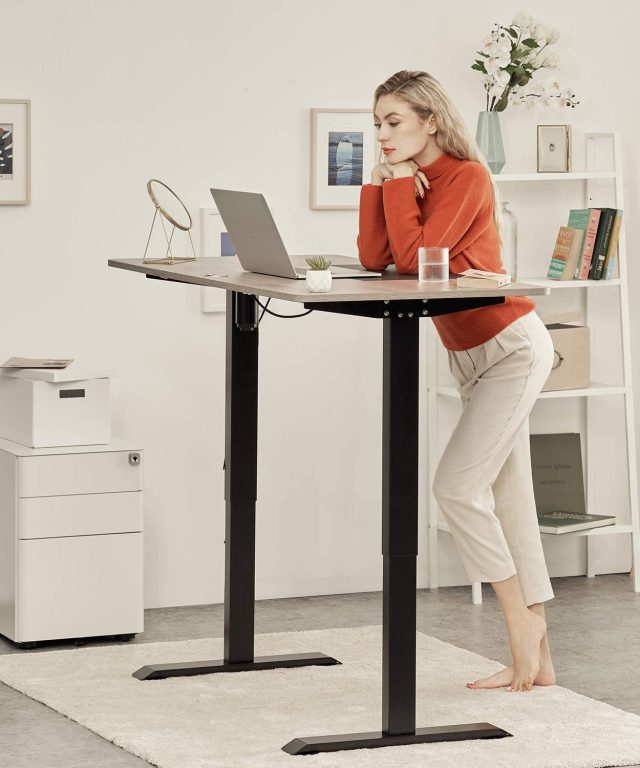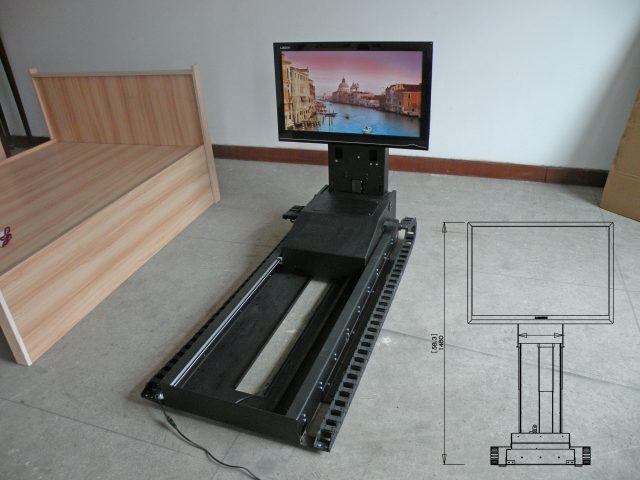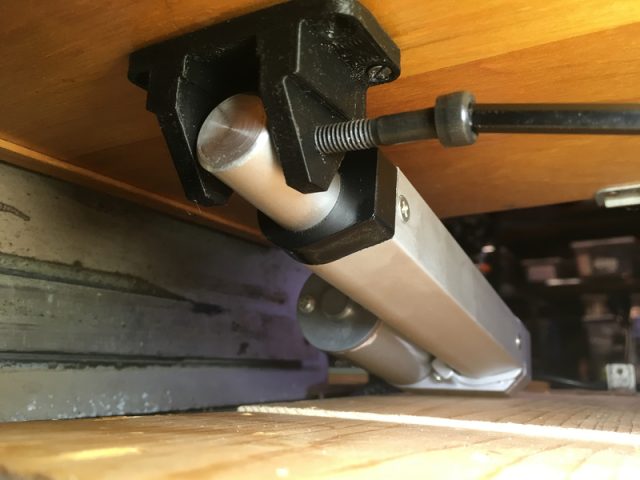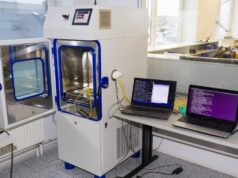
Home automation is one of the latest trends worldwide. The development of home automation solutions like Amazon Alexa, Google Home, and Apple’s Siri has led to many fantastic products. Such products can adjust different parameters at home like temperature, light, etc. However, these solutions are limited to adjusting some indoor conditions only. When physical motion is needed, these automation solutions cannot do much.
In such cases, linear actuators provide the motion for many home automation applications. Linear actuators are mechanical (electromechanical in some cases) that deliver controlled linear motion. The necessary mechanical power to produce movement can come from hydraulic, pneumatic, or electric sources. Currently, electric linear actuators are most commonly used in home automation. If you want to learn more about linear actuators, click here.
The top applications for electric actuators in home automation include:
- Lifting columns for standing desks;
- Actuated window blinds;
- TV lifts;
- Automated pergolas;
- Kitchen appliances and actuated shelves.
The possibilities are practically endless. You can use your creativity to find innovative applications for linear actuators at home. In this article, we will give you some ideas that you can use as references. Discover how linear actuators can make your home smart.
Lifting Columns for Standing Desks

Even before the Covid-19 pandemic, many office workers started to work from home. Remote work allows for managing one’s time more efficiently. In this way, workers can find a better balance between work and family life. However, working in front of a computer for many hours can lead to health problems if you sit for several hours every day. Life-threatening diseases like obesity, diabetes, and hypertension result from a sedentary life.
Several studies have found that shifting between sitting and standing during a work day is more beneficial to your health than just sitting all day long. To accommodate these posture changes, standing desks allow adjusting the height of the tabletop with the push of a button. This is possible with a lifting column, which is a type of linear actuator specifically designed for this application.
Because of this feature, standing desks are also known as sit-stand desks. Some of these desks are programmable, allowing you to record your preferred tabletop heights. If you do not want to invest in a brand new standing desk, you can automate your regular desk with a pair of lifting columns. Some manufacturers offer kits that allow building a standing desk as a DIY project. Your office will look very modern with such a piece of furniture.
Actuated Window Blinds
Curtains are already outdated. Unless your house has a classical design, curtains are seldom used in indoor design. Most modern houses are outfitted with blinds. Some blinds can be actuated, meaning you can move them up and down with the simple push of a button. This is possible by using an electric actuator that provides the necessary linear movement.
However, a more sophisticated solution could be the integration of sensors with a linear actuator. In this way, your shades will close and open as dictated by the light level inside a room. For example, sunlight is preferred for office work. You can program your blinds to be open in the daytime. Also, you can automatically program them to shield your desk from direct sunlight.
TV Lifts

Your home entertainment center can benefit from a TV lift. This device can hide a TV screen inside a cabinet when you do not use it, thereby providing a more spacious feeling in your room. When you want to watch TV, a simple push of a button will activate the TV lift to make it appear from inside the cabinet or console. Imagine how cool it looks! TV lifts can be controlled remotely for ultimate comfort.
Automated Pergolas
If you have a backyard at home, why not outfit it with actuated pergolas? In this way, you can open the blades of the pergola on sunny days to allow sunlight in your yard. During rainy or snowy days, you can close the blades with the push of a button. You can use linear actuators to provide the linear movement to close and open the blades of the pergola. As with window blinds, you can use actuators combined with sensors to fully automate your pergolas.
Kitchen Appliances and Actuated Shelves

The kitchen is probably the part of your house where you can find most of the smart home applications for linear actuators. Using actuators, you can create height-adjustable worktops and side tables. Also, spicy racks can benefit from some linear motion to improve their flexibility. There are many more applications, For example, you can reuse the idea of a TV lift to hide a blender when not in use. Then, when you need it, you push a button and a lift makes it available on the worktop of your kitchen.
Why You Should Use Electric Linear Actuators
The above examples are a few ideas of how to use linear actuators in a smart home. But the possibilities are endless. It all depends on your creativity, DIY abilities, and available budget. However, in all your smart home projects, you should use electric actuators only. We list the most important reasons.
1. Easy Integration
You can integrate an electric actuator into a home automated project relatively easily. In most cases, you can use the actuator out of the box. All you need is an electric outlet nearby. Connecting an electric actuator is an easy task (read the manual if needed). Advanced knowledge in electronics is not necessary.
2. Low Cost
If costs are a concern, electric actuators are relatively inexpensive. Moreover, you do not need to spend much money on maintenance. A linear actuator can offer years of flawless and inexpensive operation.
3. Safety
Electric actuators are safe. They do not pose the risk of leaking harmful fluids and gasses. As such, they are also clean for more home environments. In most cases, electric actuators are silent, making them ideal for automated solutions in bedrooms and home offices.









